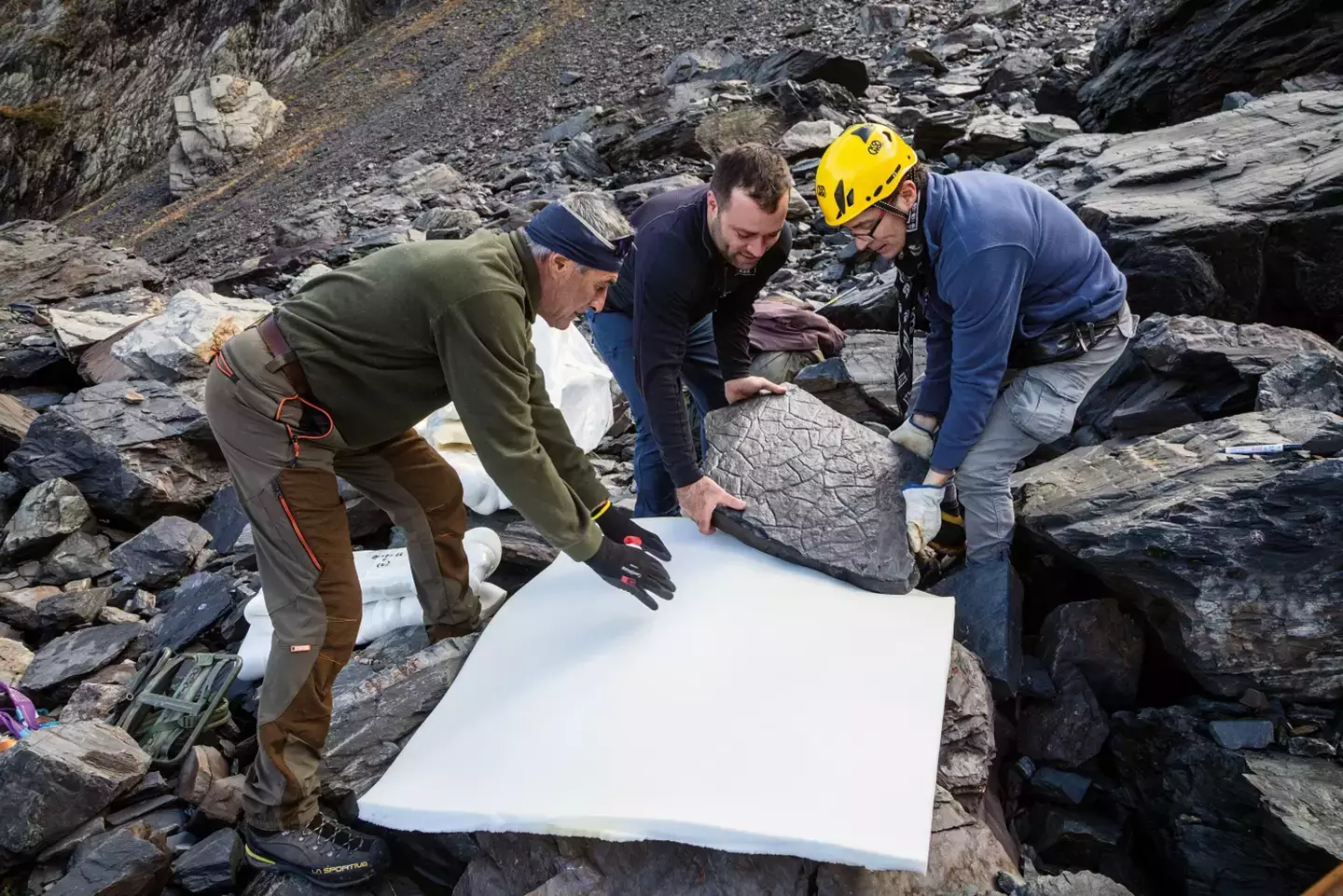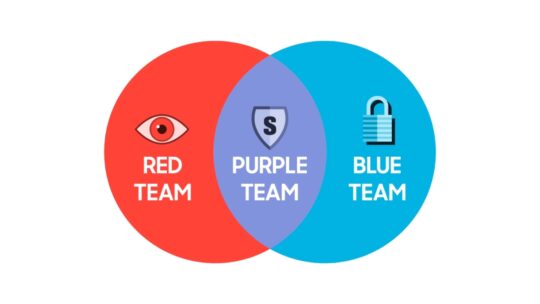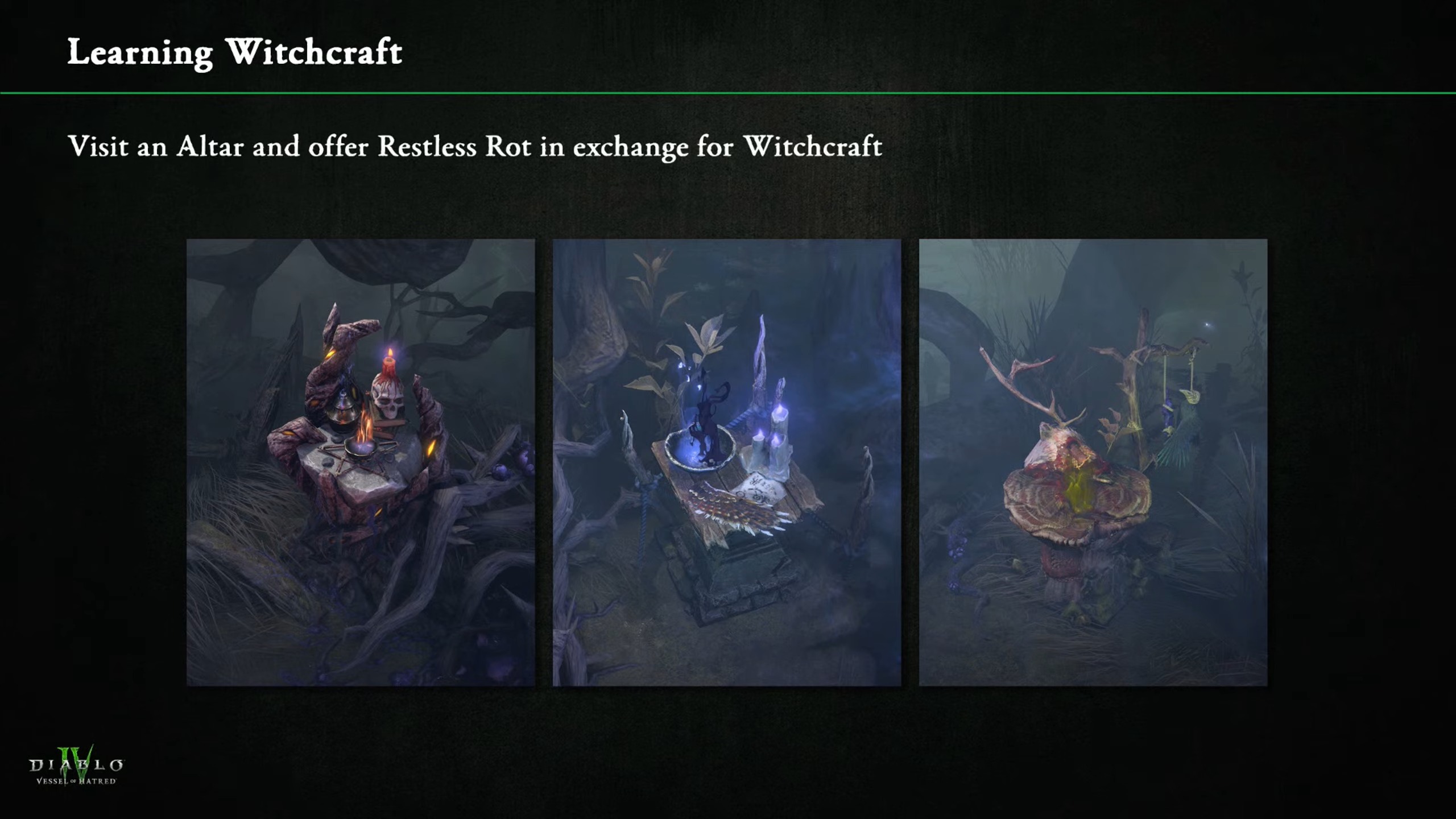The upcoming total solar eclipse on April 8 is set to last up to 4 minutes and 28 seconds, occurring in the path of total darkness twice as long as the 2017 event. This spectacle will travel across Mexico’s Pacific coast, Texas, Oklahoma, the Midwest, Mid-Atlantic, New England, and eastern Canada, attracting an estimated 44 million residents within the 115-mile path from Mazatlán, Mexico to Newfoundland.
The eclipse will give people the opportunity to experience the wonder of the universe without traveling far. During the event, the moon will align perfectly between the Earth and the sun, causing temporary darkness along a diagonal line from the southwest to the northeast across North America. Fifteen U.S. states will experience the eclipse, with two states, Tennessee and Michigan, catching only a glimpse.
The duration of the April eclipse’s totality is longer due to the moon’s closest approach to Earth the day before, resulting in a 7 1/2-minute totality. Safe viewing of the eclipse is vital, requiring special eclipse glasses and solar filters for cameras, binoculars, and telescopes to prevent eye damage. In response to the eclipse, various events such as star parties, festivals, races, and yoga retreats are planned in towns along the path of totality, with NASA launching small rockets and satellites capturing the show from space.
Although total solar eclipses occur every few years, the next one is in 2026 over Greenland, Iceland, and Spain, and the next U.S. coast-to-coast eclipse is not until 2045.













